A blood test that may be able to diagnose five types of cancer up to four years before other symptoms appear.
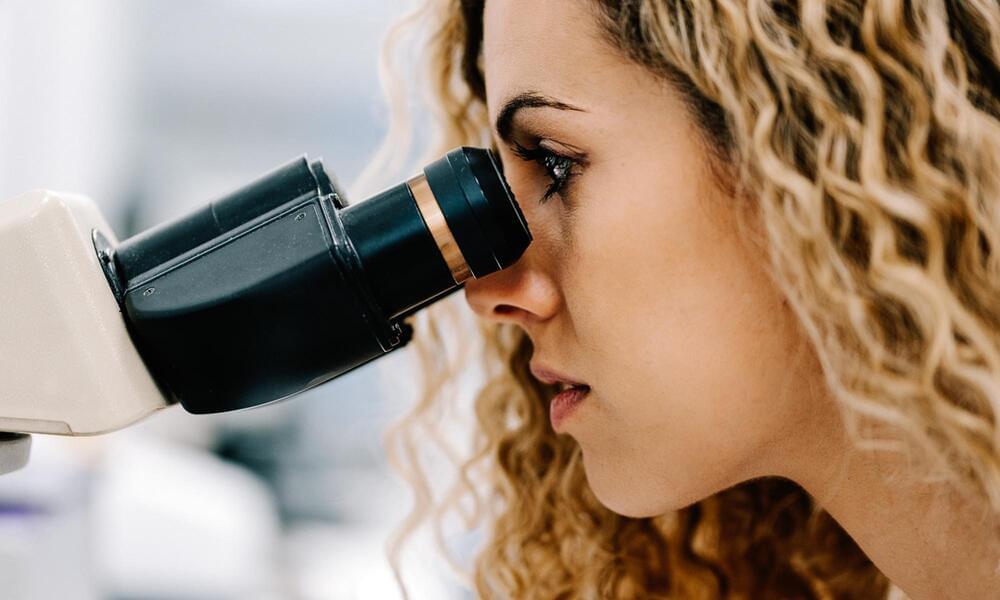

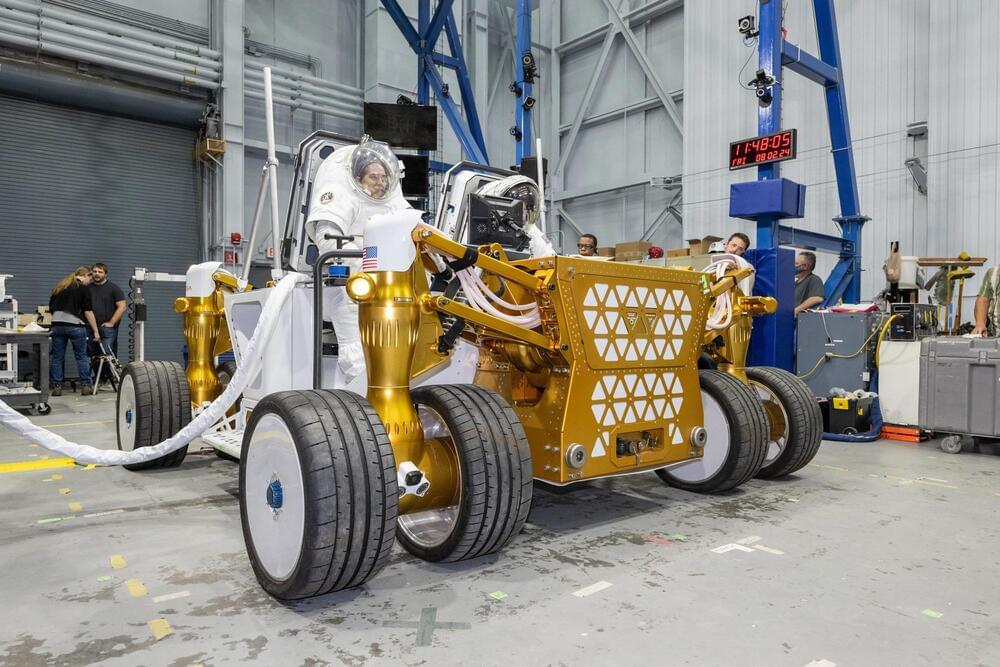
NASA is developing a new Lunar Terrain Vehicle (LTV) for the Artemis missions to the Moon, enabling astronauts to explore more expansively and conduct in-depth scientific research.
The Ground Test Unit (GTU), a prototype, is being tested on Earth to evaluate different rover concepts and ensure reliability and functionality before deployment. This initiative includes collaborations with three vendors and aims to bolster technological advancements for future lunar and Martian explorations.
Artemis campaign and lunar terrain vehicle.
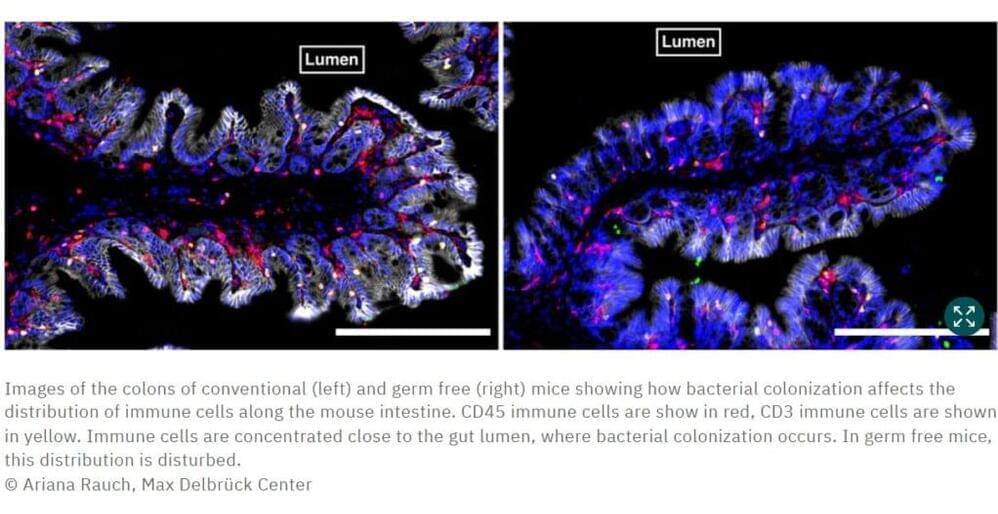
Researchers at the Experimental and Clinical Research Center of Max Delbrück Center and Charité — Universitätsmedizin Berlin (ECRC) have found that different anatomical sections of the gastrointestinal tracts of mice carry different compositions of microbial communities. Moreover, the specific makeup of the microbiota can influence the type and abundance of immune cells in any particular region. The study, which was published in Gut Microbes, maps the complex spatial organization of immune cells and microbial communities, providing a tool for studying the interaction between gut microbes and inflammatory diseases.
Previous research has hinted at the existence of “hotspots” along the GI tract where specific immune cells and microbes might interact more intensely.
But no one had systematically investigated this across the entire gut, says Dr. Hendrik Bartolomaeus, in the Immune-Microbial Dynamics in Cardiorenal Disease lab of Dr. Nicola Wilck, and an author of the study.
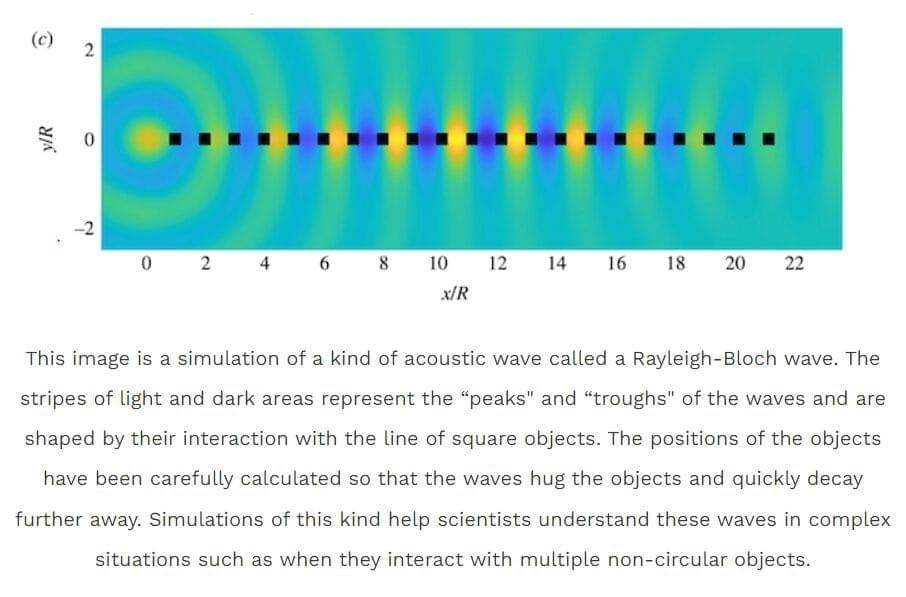
New software simulates complex wave scattering for metamaterial design. Could invisibility cloaks become a reality? New research brings this science fiction concept a step closer, with a breakthrough software package that simulates how waves interact with complex materials.
A new software package developed by researchers at Macquarie University can accurately model the way waves — sound, water or light — are scattered when they meet complex configurations of particles.
This will vastly improve the ability to rapidly design metamaterials — exciting artificial materials used to amplify, block or deflect waves.
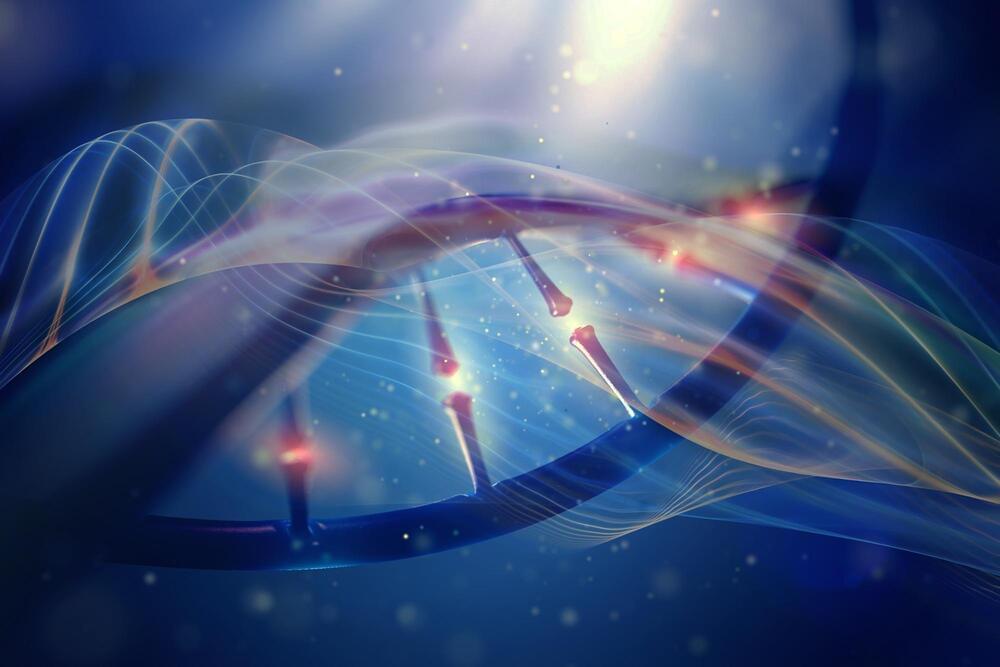
For decades, researchers have noticed that the pace of evolution tends to speed up over shorter time frames, such as five million years compared to fifty million years. This general trend indicates that “younger” groups of organisms, in evolutionary terms, tend to exhibit higher rates of speciation, extinction, and body size evolution, among other differences from older groups.
Evolutionary processes appear to operate at different time scales, perhaps necessitating the need for a new theory linking microevolution and macroevolution. The larger question has tantalized scientists: why?
There are plausible explanations. A new species may inhabit a new island chain, allowing for more variation as it spreads into new niches. An asteroid may hit the earth, increasing extinction rates. Perhaps species evolve to an “optimal” trait value and then plateau.

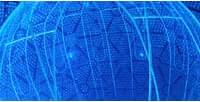
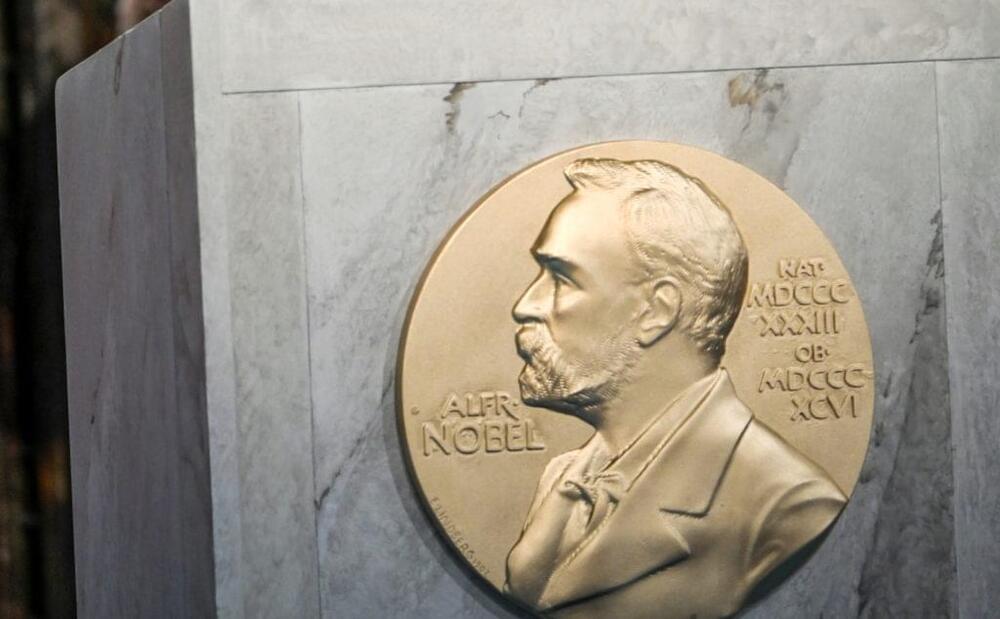
The recipient of the 2024 Nobel Prize in physics will be announced Tuesday, Oct. 8.
The winner will be announced no earlier than 5:30 a.m. EDT. Watch the event live in the player above.
Three researchers won the honor last year for making advances in the field of studying electrons. The prize went to French-Swedish physicist Anne L’Huillier, French scientist Pierre Agostini and Hungarian-born Ferenc Krausz, who used attosecond-long flashes of light to illuminate molecules and provide brief glimpses of how fast-moving electrons travel.

Researchers have invented a technique that enables low Earth orbit satellite antennas to manage signals for multiple users at once, slashing costs and simplifying designs for communication satellites.
Low-orbit satellites could soon offer millions of people worldwide access to high-speed communications, but the satellites’ potential has been stymied by a technological limitation – their antenna arrays can only manage one user at a time.
The one-to-one ratio means that companies must launch either constellations of many satellites, or large individual satellites with many arrays, to provide wide coverage. Both options are expensive, technically complex, and could lead to overcrowded orbits.
